Kratom is obtained from the Mitragyna speciosa tree. A tropical tree, it grows throughout much of SE Asia the tree is a member of the Rubiaceae family just like coffee. The Rubiaceae family is often called the bedstraw, madder, or coffee family. Over 13,500 species and 650 genera make up the family. It is the fourth-largest angiosperm class in the world. Each of the members of the family contains various alkaloids. Rubiaceae plants grow all over the world but they are the most abundant in tropical locations. The family that contains kratom and coffee are closely related and include quinine which is obtained from the chinchona bark and used as an antimalarial medication.
Table of Contents
Kratom and Coffee: Similarities and Differences
Kratom tree
Coffee is picky and significant differences can occur in the plant’s coffee bean production depending on the location where it is cultivated and the various species. However, kratom is a bit tougher and can thrive in most tropical locations with very few deviations.
Appearance of Mitragyna speciosa and Coffee Trees
Coffee Fruit
Coffee and kratom do not look alike. Kratom is a tropical evergreen tree that boasts exceptionally large, broad leaves. The Mitragyna speciosa also does not create fruit. However, they do develop small clusters of yellowish flowers that form at the end of the branches.
Coffee trees are smaller in size. The beans/seeds are found in the fruit that the coffee flowers produce. Coffee is obtained only from mature fruits. Harvesting the coffee beans is a bit tricky because the fruits must be picked at the proper time to ensure quality.
The Effects of Kratom and Coffee
Coffee Plantation
Caffeine is an alkaloid found in coffee. It produces euphoric effects when ingested. In fact, caffeine acts as a stimulant, and the more of it you ingest the greater the impact on your body. You have probably indulged in one too many cups of coffee before or ordered a triple shot expresso from a Starbucks and felt the impact of the alkaloid. Your heart races, your hands shake, you feel jittery, and energized. You even feel wider awake. However, when the caffeine wears off then you might come crashing down and feel tired. In fact, caffeine is also highly addictive. If you don’t have your morning coffee then you can suffer a headache, feel moody, and tired for the rest of the day.
Kratom is also used for its alkaloid impact. In low doses, it acts as a stimulant to energize the user and improve their cognitive skills. Many people who use kratom in low doses say that the stimulant-like effects are comparable to caffeine without the jitters and racing heart. Also, they don’t crash like they do when drinking too much coffee.
The Regions of Kratom and Coffee
The Coffee Tree Grows Around the World
Coffee and kratom are grown in two quite different regions of the world. Coffee originated in the Mother of Mankind (Africa). However, now coffee is grown all over the world. Kratom originated in southwest Asia and is only grown there predominately. Although, some areas of South America have started to cultivate the Mitragyna speciosa as a commercial crop for kratom production. In the United States, it is illegal to grow kratom because it is viewed as highly invasive. However, as kratom grows in popularity, perhaps the ban on the Mitragyna speciosa cultivation will be lived and more tropical areas will start to farm the alkaloid laden trees.
History of Kratom vs. Coffee
Kratom has been used as a holistic medication in SE Asia for hundreds of years. Naturopathic healthcare providers would regularly prescribe kratom to treat a variety of health conditions such as fatigue, pain, inflammation, and more. Laborers would frequently chew the leaves of the tree to get a stimulant-like boost to work long, grueling hours. The leaves of the Mitragyna speciosa are also ground into a tea that is consumed in the evenings, during social gatherings, and at festivals.
Coffee does not have as extensive a history. It was never favored as holistic medicine. It does not appear as a beverage until the year 15000. However, once it started to gain popularity, many people around the world took notice, and now coffee is exceedingly popular. In the early days, Europeans avoided coffee because they were distrustful of the beverage but eventually the stigma of the dark brew disappeared and many started to enjoy the hot beverage’s robust flavor. Nowadays, especially in America, people cannot seem to start their day without a caffeine boost from their favorite coffee beverage. In addition, there are coffee shops and drive-up coffee houses everywhere. Starbucks has turned into a 27 billion dollar company based solely on American’s love of coffee.
Mixing Coffee with Kratom
Kratom is highly effective in a low dose. You’ll have a relaxing effect while feeling energized. You can combine coffee with kratom to reap the benefits of both. You’ll feel the stimulant like the impact of the two alkaloid plants but kratom also seems to lessen the jitters caused by caffeine. Imagine starting the day out feeling fantastic? With kratom and coffee, you’ll have enough energy to get through the busy morning without feeling shaky. Instead, you’ll experience a greater, more level-headed feeling that is beneficial if you’ll be working and want to achieve a great deal.
If you decide to mix kratom and coffee then use only small does initially. Focus on the java and then add a bit of kratom. The darker brew and the less herb are the ideal mixes. If you take a high dose of then you might experience too much of a rush which may not feel pleasant. At first, use only half a gram or one gram and then build from there. Typically, you’ll use only one to two grams of kratom. If you have a tolerance to the herb and you have been using it for a long time then you can increase it to four grams.
You can mix your herb right in with your coffee each morning. Usually, the flavor of the coffee will mask the better taste of the kratom nicely but if it still makes you pucker then add cream and milk to the beverage to sweeten the flavor and reduce the acidic aftertaste.
Using a Light Roast
A light roast coffee has a bit more caffeine than other types. If you are looking to gain energy in the morning then pick a red strain of kratom and mix it with the light roast for a great pick-me-up. Also, the red strain will help counteract any jitteriness. You’ll feel calm, relaxed, and energized.
Picking a Medium Roast
A medium roast coffee combines well with a green strain to create balance align with energy. A red Bali offers great long-lasting effects that coupled with caffeine are remarkably smooth and balanced. The combo is a great way to kick off your day.
A Robust Dark Roast
If you like flavor then go with a dark roast which has more caffeine per serving than any other roast. The bold flavor masks the bitter alkaloid flavor of kratom nicely. In addition, you’ll feel instantly invigorated. Use a red vein kratom. Typically, a green vein combined with a dark roast will overstimulate so it’s best to remain cautious.
Conclusion
Kratom and coffee are an ideal combination provided by Mother Nature. At My Kratom Club, we offer a wide array of strains from all the leading brands. Please contact us to learn more.


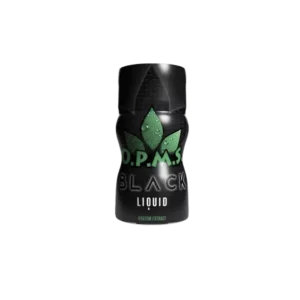
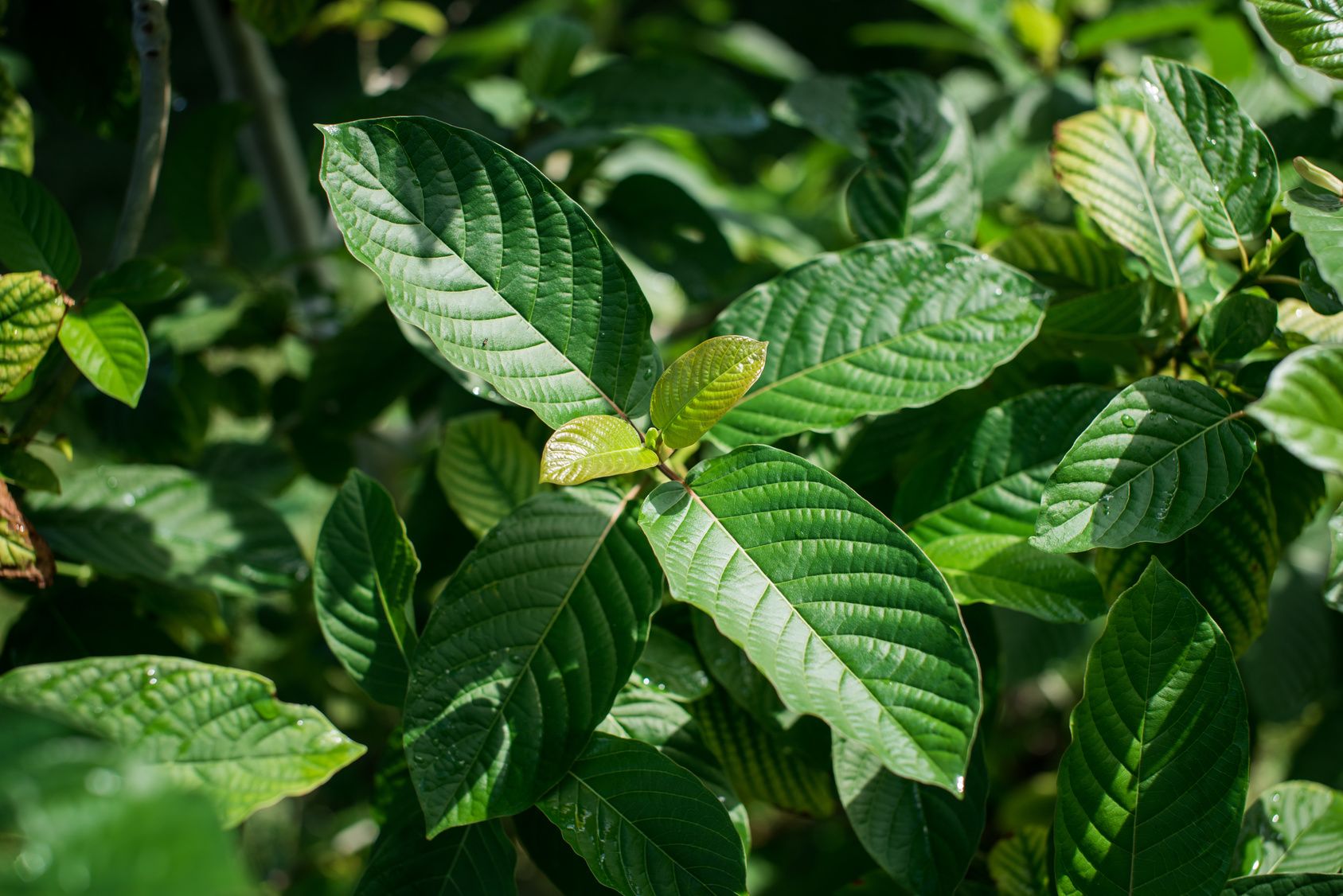
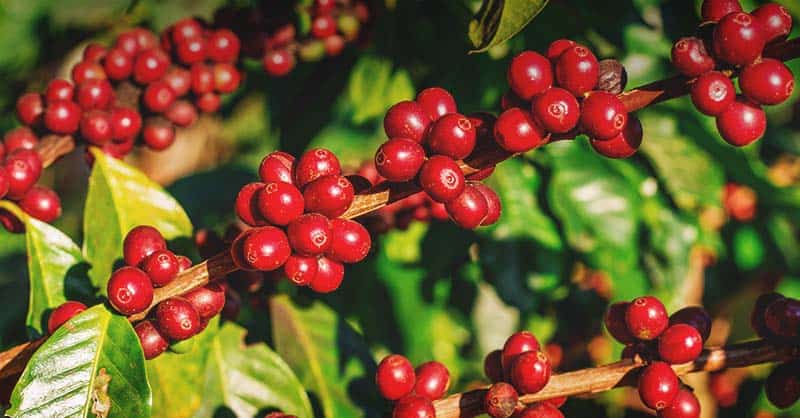
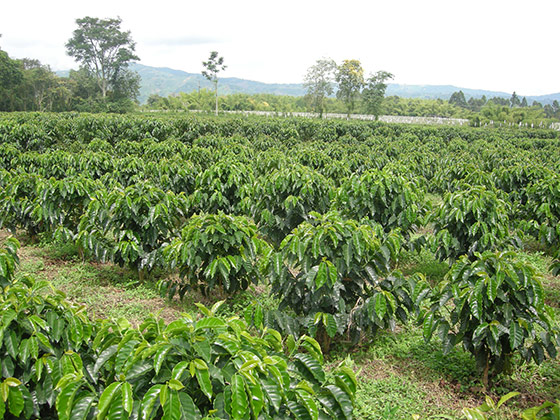
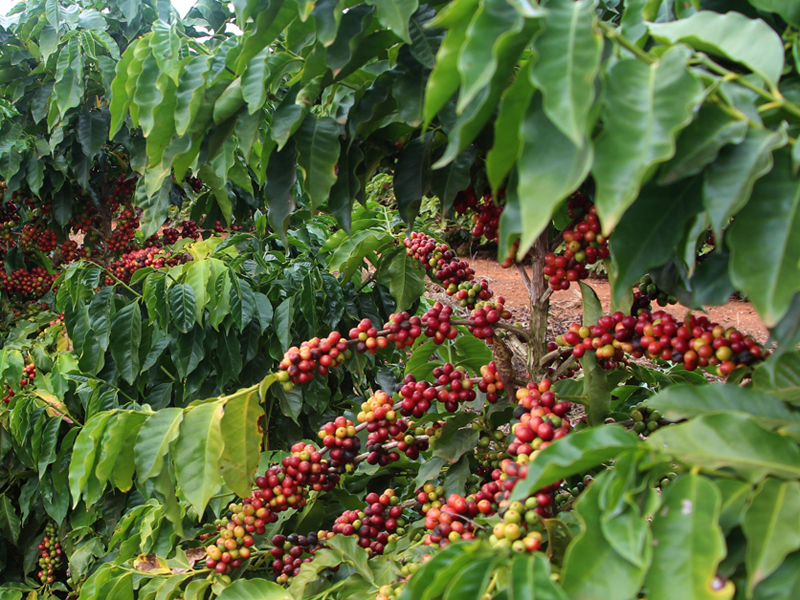
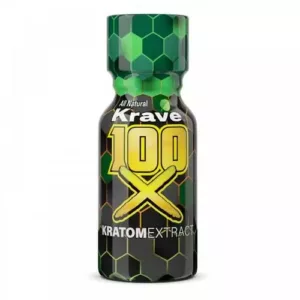
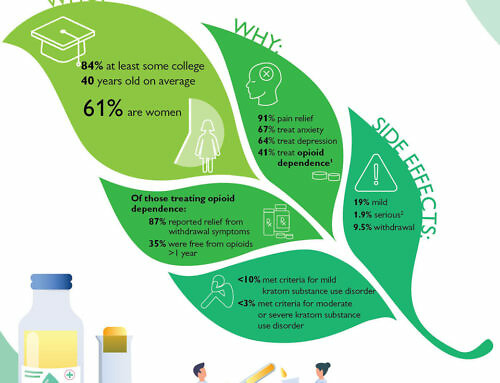



Leave A Comment